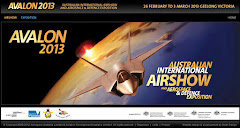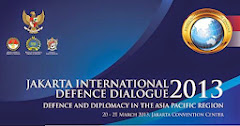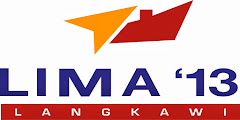 Ka-135 UAV (photo : missile.ru)
Ka-135 UAV (photo : missile.ru)
At the 4th International Forum and Exhibition Unmanned Multipurpose Vehicle Systems - UVS-TECH 2010, held as part of Engineering Technologies 2010 that opens today in Zhukovsky, Russian Helicopters rotorcraft-manufacturing holding company showcases two perspective unmanned helicopters, Korshun and Ka-135.
These models are designed under Russian Helicopters program on developing a broad spectrum of vertical take-off and landing UAVs within three categories: long range (over 400 km), medium range (up to 400 km) and close range (up to 100 km).
Korshun medium-range unmanned helicopter weighs 500 kg and enjoys the range of 300 km, payload of 150 kg and maximum speed of 170 km/h.
In the niche of close-range vehicles Russian Helicopters debuts Ka-135, new UAV of co-axial scheme with piston-engine and tricycle landing gear, weighing 300 kg and boasting up to100 km operational range, up to 100 kg payload and 170 km/h max speed.
 Korshun UAV (photo : missile.ru)
Korshun UAV (photo : missile.ru)
Both unmanned helicopters are multi-purpose and feature the capability of equipping base platform with a variety of functional modules. They are intended for monitoring the environment, aerial patrol and security, transporting cargo, ecological monitoring, meteorological tasks, providing communication with hard-to-reach areas.
“Unmanned helicopters are a new on-going trend in world unmanned aviation evolving within the past decade. We estimate UAV market as one of the most dynamic and highly perspective. Russian rotorcraft industry should take a niche on this market. In current context our company’s main task is to develop up-to-date and competitive UAVs that are multifunctional, highly reliable and easily maintainable“, states Andrei Shibitov, COO Russian Helicopters.
Russian Helicopters plans to design various-purpose unmanned vehicle systems for a wide range of operations.
“Manned light helicopters like Mi-34, Ka-226, Patrol, Ansat, Aktai can be utilized as platforms for developing unmanned systems”, says Unmanned helicopters’ systems program director Gennady Bebeshko. – “At present Russian Helicopters conducts initiative R&D to define technical configuration of unmanned helicopter automatic control system. This project is financed out of Russian Helicopters own funds”.
(Shepard)




















































